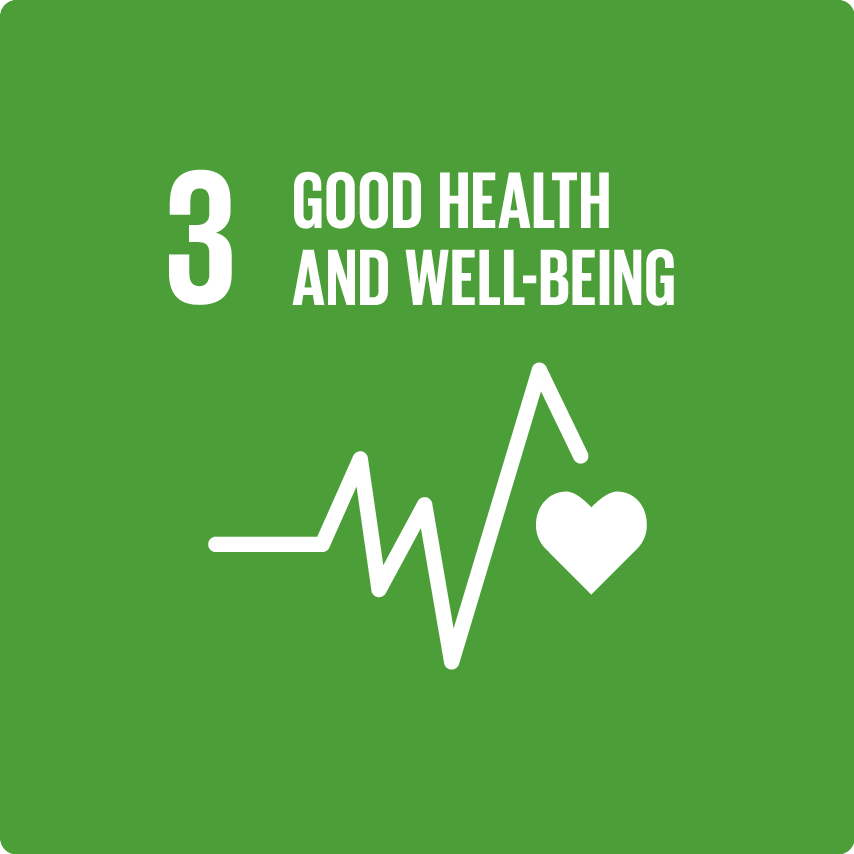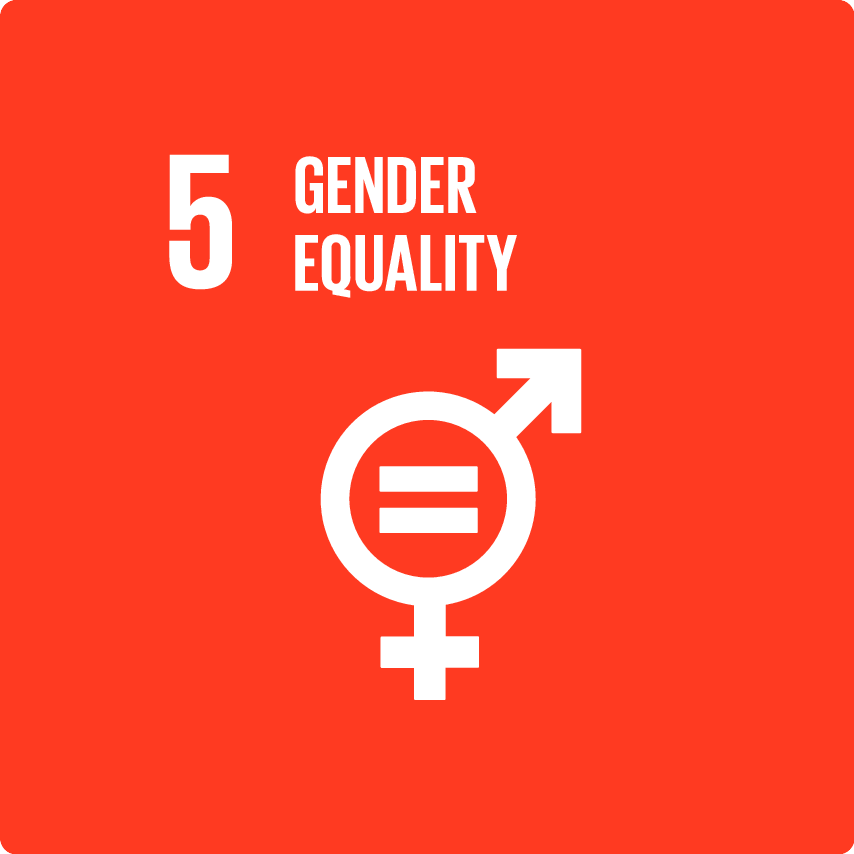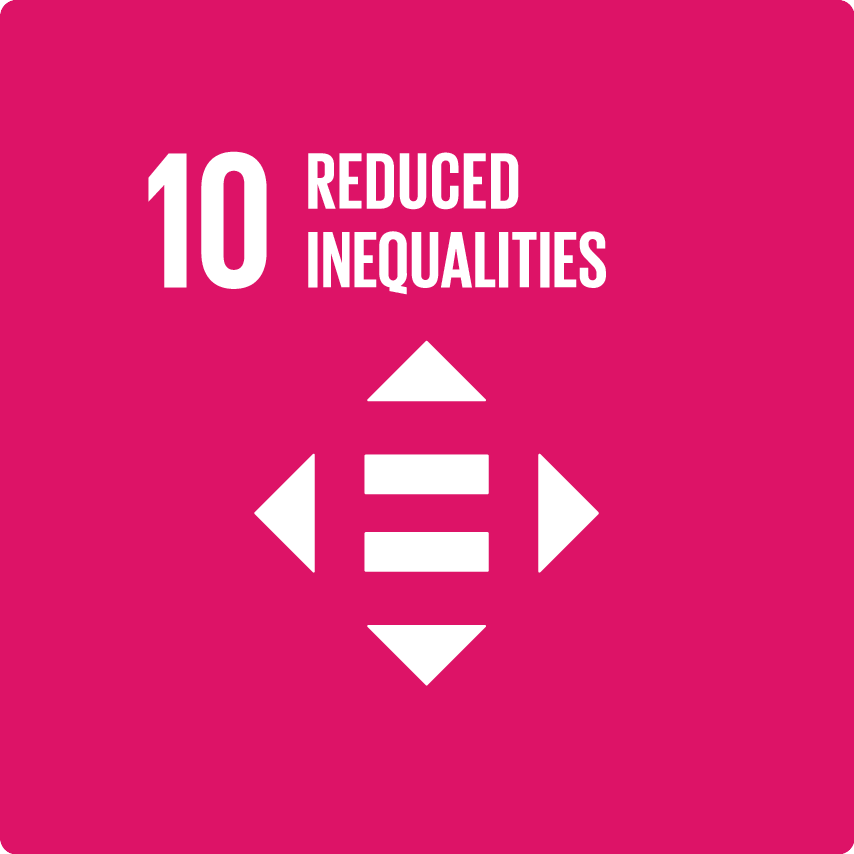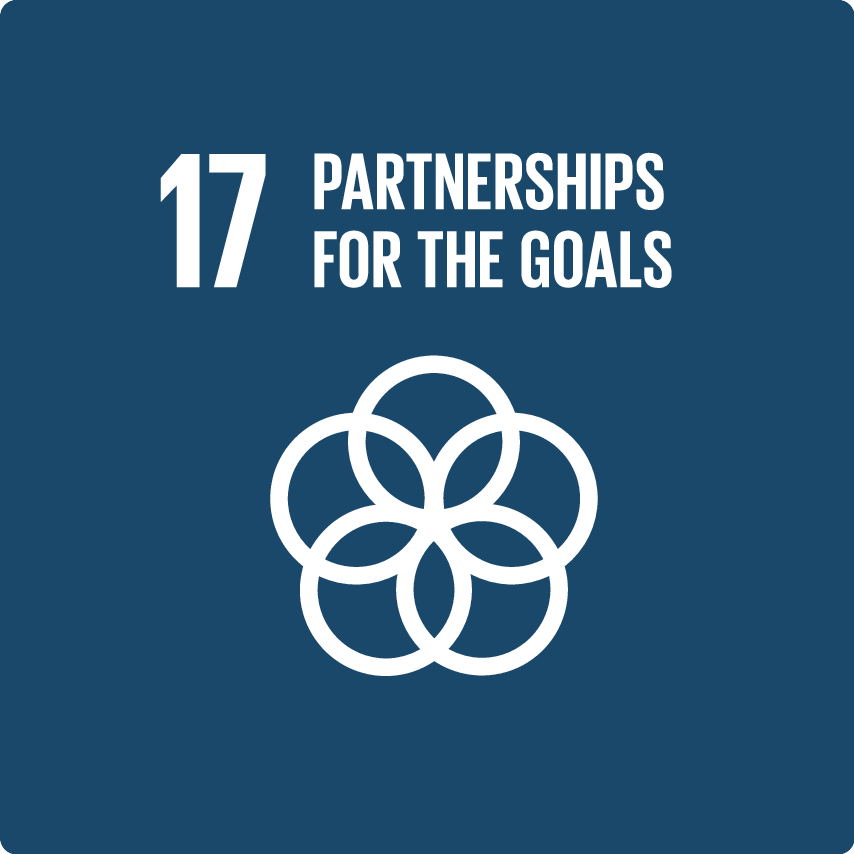Novartis R&D for Malaria
Novartis is collaborating with several partners, including the Swiss Tropical and Public Health Institute, the Walter Reed Army Institute of Research, Mahidol University, Oregon Health & Science University and Malaria Drug Accelerator Consortium to discover new antimalarial compounds.
SEE ALL PARTNER ORGANIZATIONS
Objectives
- To discover and develop new treatments that are active against malaria parasites resistant to current treatments.
- To discover and develop new treatments that could cure acute malaria with a single encounter treatment.
- To discover and develop novel malaria compounds that target both liver stage and blood stage infections.
What are the health needs and challenges?
Malaria is one of the most widespread infectious diseases, with an estimated 247 million cases annually and claims the lives of an estimated 619,000 people a year, most of them in sub-Saharan Africa. A child dies of malaria every minute in Africa. Nearly half of the world’s population is at risk of contracting malaria. Children and pregnant women are among the most vulnerable. Drug resistance to most common antimalarials is increasing.
Partnership activities and how they address needs and challenges
Novartis is collaborating with several partners, including the Swiss Tropical and Public Health Institute, the Walter Reed Army Institute of Research, Mahidol University, Oregon Health & Science University and Malaria Drug Accelerator Consortium to discover new antimalarial compounds. The discovery program is supported in part by the Bill & Melinda Gates Foundation (BMGF) and Medicines for Malaria Venture (MMV).
KAF156 (ganaplacide) belongs to a novel class of antimalarial compounds that act against both the blood and liver stages of the parasite’s lifecycle. It demonstrated activity against both vivax and falciparum malaria, including artemisinin-resistant parasites. It is being developed as a combination with a new formulation of lumefantrine. This novel antimalarial combination will enter Phase 3 development in 2023. Novartis leads the development of this compound with scientific and financial support from MMV in collaboration with the Bill & Melinda Gates Foundation.
KAE609 (cipargamin) is another compound with a novel mechanism of action, which displays extremely rapid parasite clearance in patients. It is being developed for the treatment of severe malaria with financial support from Wellcome. It belongs to a new class called spiroindolones. It demonstrated rapid clearance of parasites pre-clinically and in patients, killing the blood stages of Plasmodium falciparum and Plasmodium vivax through a novel mechanism of action (PfATP4 inhibition), including parasites that have markers of drug resistance. It also appears to be effective against the sexual forms of the parasite (gametocytes), and therefore could also help prevent disease transmission. It was discovered through a joint research program with the Novartis Institute for Tropical Diseases, Novartis Natural Products Research Group, the Genomics Institute of the Novartis Research Foundation, and the Swiss Tropical and Public Health Institute. Research was supported by Wellcome, the Singapore Economic Development Board, and Medicines for Malaria Venture (MMV). Novartis leads the development of cipargamin with financial support from Wellcome.
In 2020, Novartis advanced another novel malaria therapy, INE963, a fast acting long-lasting antimalarial with an entirely new mechanism of action. It is developed in collaboration with MMV and received the organization’s “Project of the Year” award in 2020.
Malaria continues to strike hardest against pregnant women and children in Africa. Therefore, we are also developing a new optimized dose strength of our ACT to address the needs of infants weighing less than five kilograms. The clinical trial for this new treatment started in 2021 and is ongoing.
The clinical trials for ganaplacide are conducted as part of the WANECAM 2 consortium, while trials for cipargamin and our infant formulation are part of the PAMAfrica research consortium led by MMV. Both trials are funded by the European and Developing Countries Clinical Trials Partnership (EDCTP).
Results and milestones
- KAF156 (ganaplacide): The ganaplacide/lumefantrine combination will enter Phase 3 clinical development in 2023. The trial will be conducted in collaboration with the WANECAM 2 consortium, and will include partner clinical sites in Burkina Faso, Mali, Gabon and Niger as well as other sites in sub-Saharan Africa.
- KAE609 (cipargamin): The compound is in Phase 2 clinical development for use in severe malaria.
- INE963: The compound is in Phase 1 clinical development.
Learn more about the Novartis Malaria R&D efforts
Geographic Reach
- Americas
- South-East Asia
Disease Area
- Infectious and Parasitic Disease
Target Population
- Children
- Women
- People with low incomes
- Marginalized/indigenous people
Partner organizations
Singapore Economic Development Board
Medicines for Malaria Venture (MMV)
Mahidol University
Walter Reed Army Institute of Research
PAMAfrica research consortium
Swiss Tropical and Public Health Institute
WANECAM2
Oregon Health & Science University
Wellcome Trust
Bill and Melinda Gates Foundation
European and Developing Countries Clinical Trials Partnership Programme (EDCTP)
Geographic Reach
Americas
- United States of America
South-East Asia
- Thailand
Disease Area
Infectious and Parasitic Disease
- Malaria



